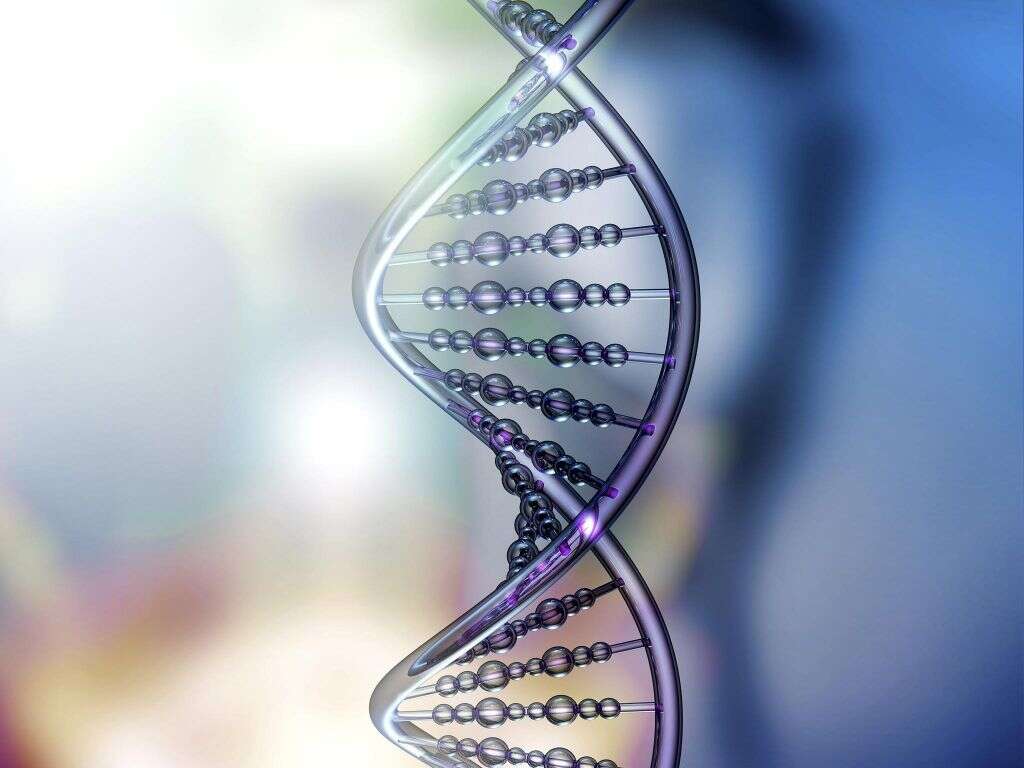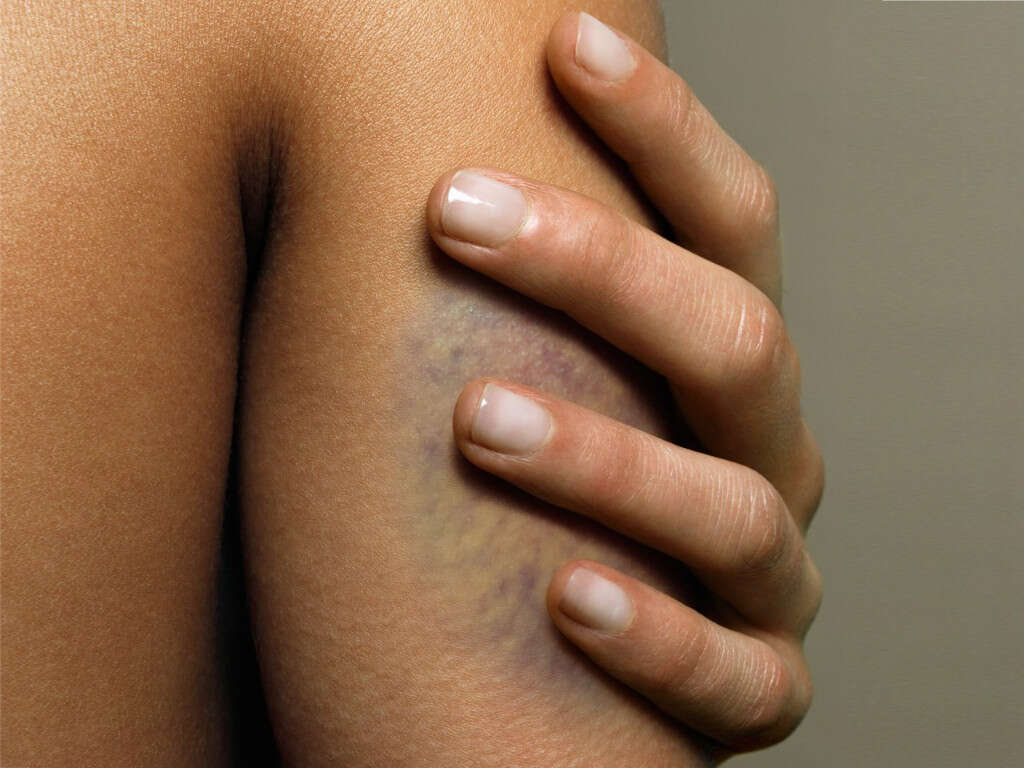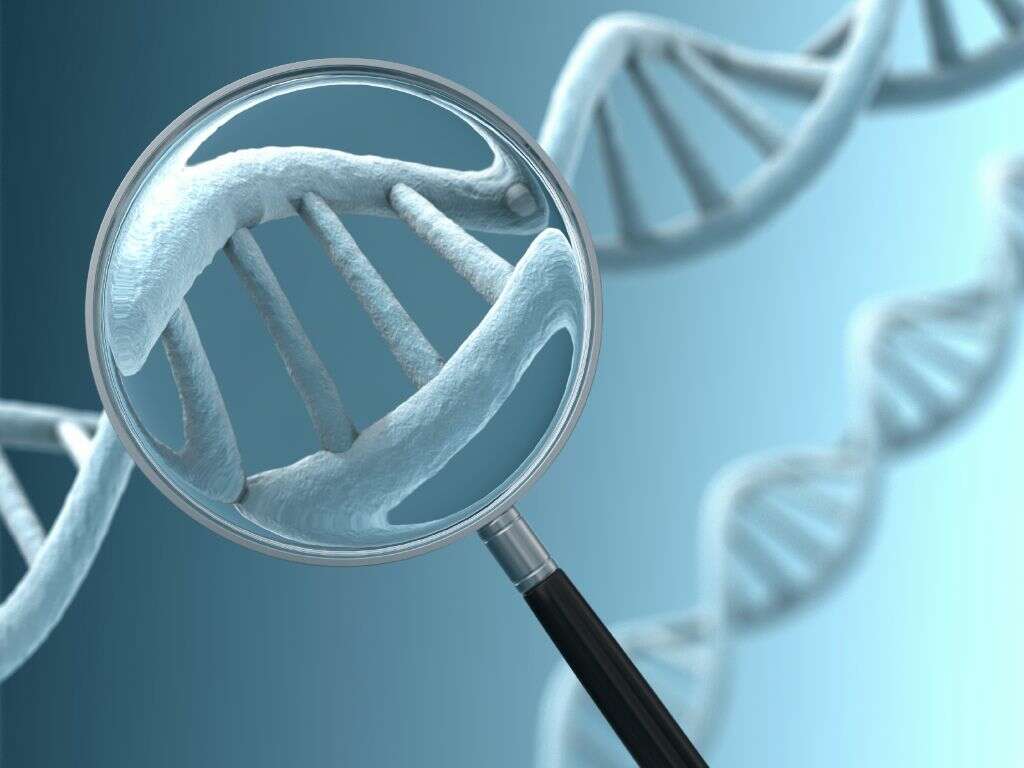What Is Ehlers Danlos?
If you look at a model of a skeleton, you will see that all of the different bones are not connected directly, asides from a few exceptions. When the original owner of the skeleton was still alive, however, the bones were very firmly connected to other bones in the body. This is done with the help of connective tissues.
Connective tissues help to keep our bones held together. They also help to keep our organs and other body parts firmly in position. Ehlers Danlos syndrome is a condition where there are abnormalities with connective tissues. The symptoms can range from being very mild, to potentially deadly.
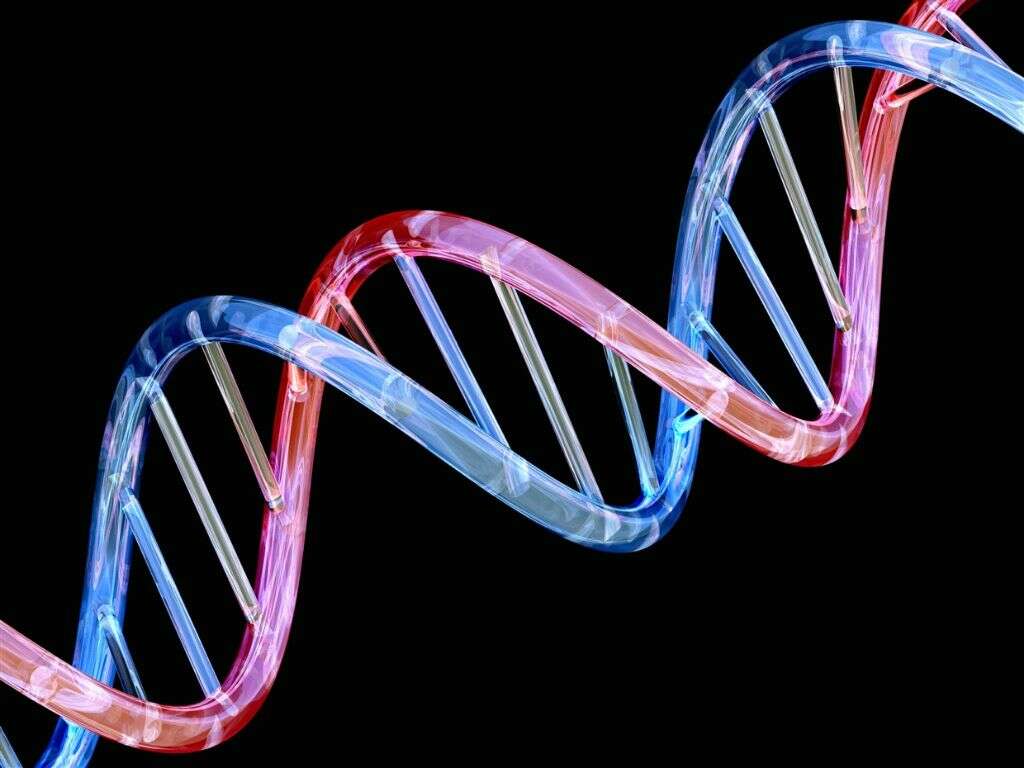
1. Ehlers Danlos Syndrome
Ehlers-Danlos syndrome is the name given to a number of similar disorders. The disorders primarily affect the connective tissues in our bodies, including the blood vessels, joints, and the skin. These tissues need to be made of certain substances and in the right ratios to give them both flexibility and strength.
Ehlers Danlos causes an imbalance in the structure of the patient’s connective tissues. It causes the connective tissues to be more fragile than usual and also more stretchy than usual. The symptoms will only be mild in many cases, although the condition can also cause some serious injuries and other complications.
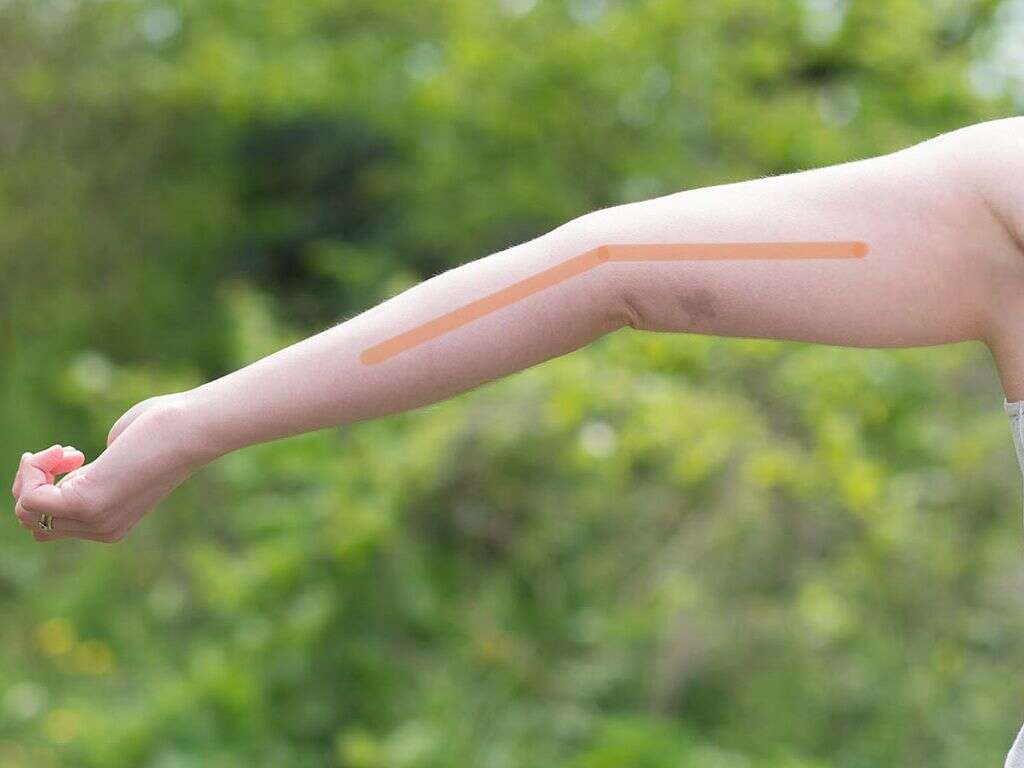
2. Different Types
There are 13 different types of Ehlers Danlos that we know of, and some of them are more common than others. Indeed, some are very rare indeed. There are differences between the different types, although all of them share some similarities. The severity of the conditions can vary, and the rarer types tend to be the most dangerous.
Hypermobile Ehlers Danlos syndrome is among the most common, and it is typified by joints that are particularly flexible. Another relatively common variety is classical Ehlers Danlos, which tends to affect the patient’s skin. The different types will also have slightly different causes.

3. Causes
A sperm will contain a man’s DNA, while an egg will contain a woman’s DNA. When the egg meets the sperm, the DNA will be shared, and the offspring will have characteristics from both parents. Sometimes, the parents will have faulty genes, and this is often passed on to the child also, which is the cause behind Ehlers Danlos.
Inheriting faulty genes doesn’t always mean problems for the child. Sometimes the risk of problems developing is 50/50 if one parent passes it on. In some cases, the faulty gene would need to have been passed on from both parents for there to be a problem.

4. Hypermobility
You might know somebody that is ‘double jointed’. These are people that have joints that are more flexible than other peoples. This means they can bend their joints to degrees which we cannot possibly manage. This is known as hypermobility, and it is a typical symptom of Ehlers Danlos syndrome.
Only a few people with hypermobility will have Ehlers Danlos syndrome. The symptom can also range in severity from person to person, and depending on the type of Ehlers Danlos they have. In some cases, the condition causes no real problem. For others, it makes the patient more prone to potentially serious injuries.
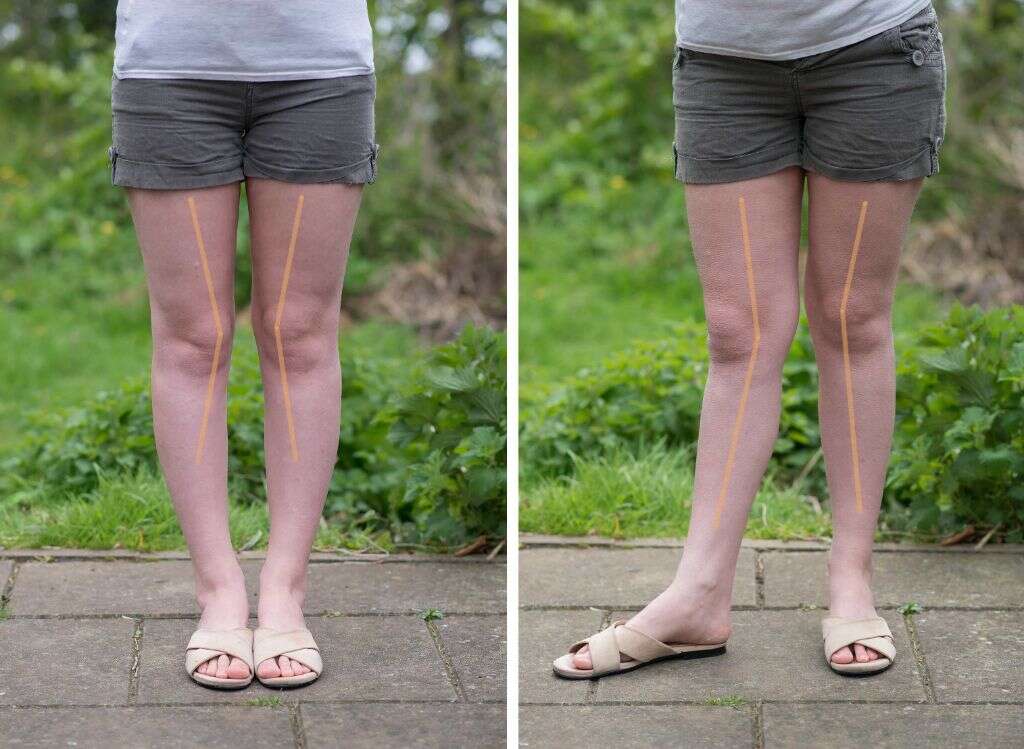
5. Fragile Skin
Our skin is one of our first lines of defense against injury. We can pick up bumps and scratches through the day without having to worry about our skin being broken. It is far from impervious however, and people with Ehlers Danlos syndrome can have skin that is particularly easy to break.
This can mean that a simple scratch can result in the skin being broken whereas it would otherwise remain intact. Not only does the skin break more easily than usual, but healing will also be a problem for many people. The skin can also tear easily when stitches are used to try and repair a wound.
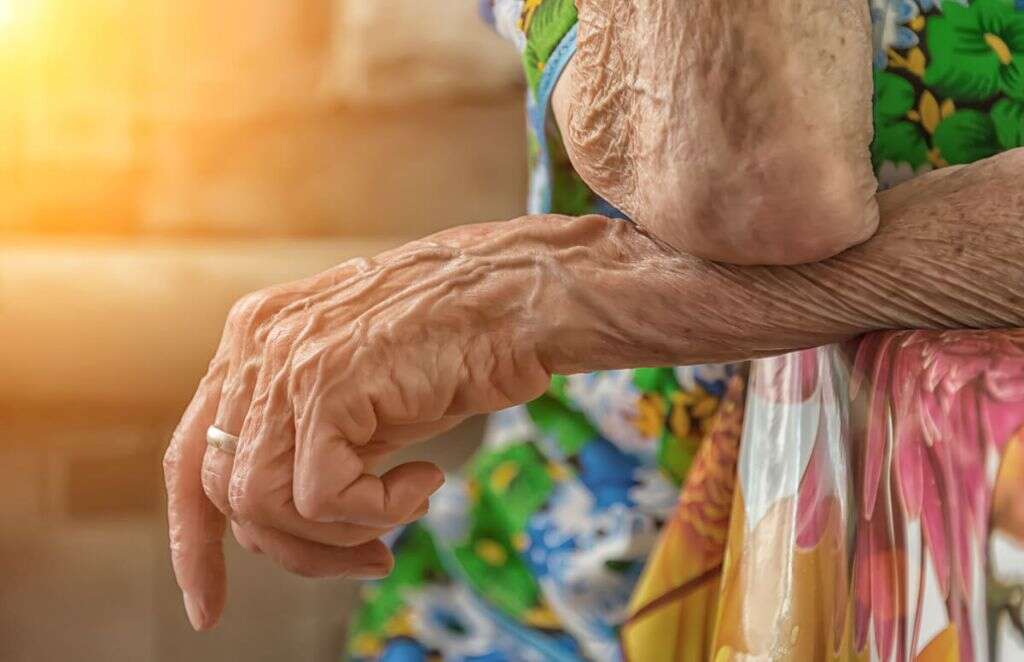
6. Stretchy Skin
We need for our skin to be flexible. For one thing, it needs to be able to stretch as our joints bend to prevent it from tearing open. The skin also needs to be flexible to give some leeway to help prevent it from breaking when under pressure. While it is important for our skin to be stretchy to a degree, however, it can be too stretchy in cases of Ehlers Danlos.
Many people with Ehlers Danlos can pull their skin away from their body considerably further than other people can. The condition is known as hyper-elasticity. It is not usually a problem in itself, and the skin will return back to its usual position when released. It can be important to help keep hyper elastic skin moisturized to help prevent it from being damaged.
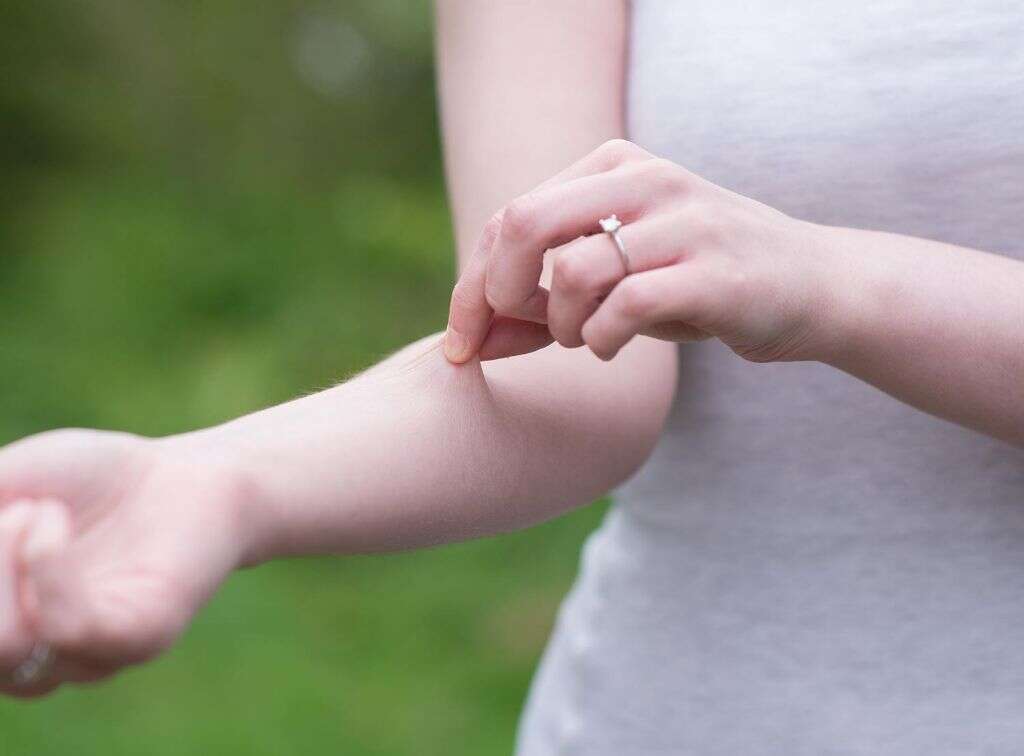
7. Complications
As well as the symptoms mentioned, Ehlers Danlos can result in some potentially very serious complications. For example, hypermobile joints mean the patient’s limbs can bend to the point where the joints are easier to break. Dislocations are also more likely, and broken skin will mean that infections are more likely.
One variety of the condition, vascular type, will affect the patient’s blood vessels. It causes the blood vessels to become weaker than usual, thus making it easier for them to rupture. The condition can also mean it is more likely that the walls of the large intestines and uterus will rupture.

8. Prevention
The only way to be completely sure of not passing on Ehlers Danlos Syndrome is to refrain from having children altogether. People that have the condition, or have a history of it in the family, are more likely to pass it on. If those people do wish to have children, then it is advisable that they speak with a genetics expert first.
A genetics expert will be able to inform you of the risk the Ehlers Danlos will present to your children – if any at all. In some cases, the risk may be minimal and, even if it is passed in, the severity of the symptoms may only be very mild.

9. Diagnosis
In many cases, a brief physical examination and asking the patient about their condition will be enough for the doctor to reach a diagnosis. This is especially the cases if there is a history of the condition in the patient’s family. If more information is needed for a diagnosis then samples may need to be taken in order to have a genetic test performed.
If the condition is diagnosed then it may be necessary to perform further checks to see if the patient is prone to certain complications. This can include an echocardiogram because one variety of Ehlers Danlos can cause the patient to have complications with their heart.
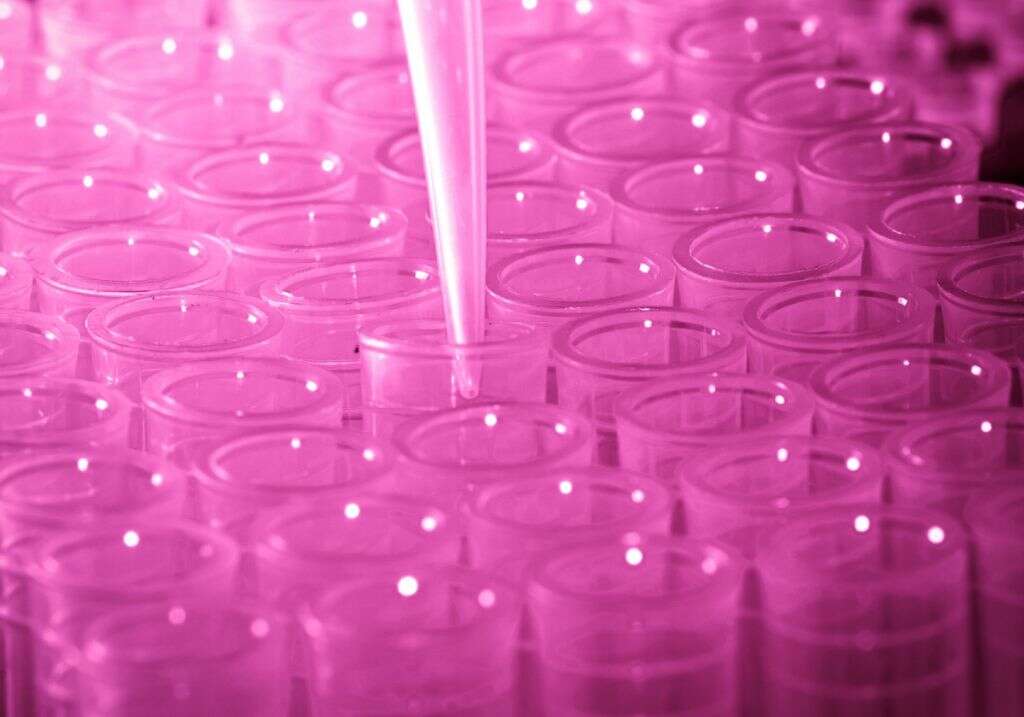
10. Treatment
Ehlers Danlos syndrome cannot be cured as far as we know. Treatment for the condition involves helping to manage the patient’s symptoms so they don’t have too much of a negative impact on the patient’s life. This can mean regular moisturizing to help prevent the skin from breaking, and straps that can help prevent dislocations and other injuries.
Patients will also need to undergo physical therapy to help strengthen their muscles as this will also help to strengthen their joints. In cases where injuries have occurred, surgery may be necessary to help repair the injury. The patient will also likely need to be careful in choosing their activities to help keep them safe from serious injury.





